Every writer does things differently, but most will identify their behavior as either that of a ‘plotter’, or that of a ‘pantser’. Plotters need to know where their story is going before they begin. They have specific events of their story in mind, and so begin writing a book with an inherent structure within which they are free to improvise.
Pantsers, ‘those who fly by the seat of their pants’, prefer to begin with only bare bones ideas. They write with a vision, but they allow the story to form naturally, often claiming that they are as surprised by the events that unfold as the reader.
These labels form distinct, recognizable groups; in fact that’s what’s wrong with them. Being a plotter or a pantser is not like being a dog or a cat. In fact, most authors are a balance between the two, with one or the other taking precedence depending on the situation (albeit with an overall slant towards one or the other).
A pure plotter would leave themselves no room for creativity, whereas a pure pantser would simply pluck characters and events out of the air as their narrative veered from romance to mystery to children’s book.
It would be more accurate to say that writers fall predominantly into three groups, depending on their treatment of the first drafts of their stories: those who plan before, those who plan during, and those who plan after. This allows for more variation in an individual author’s behavior, while acknowledging that no story is simply dashed off complete in a single sitting.
You need to plan your novel
Every story needs to be plotted at some point, in that a ‘plot’ has to be created. The variation in author behavior is at what point elements of the story begin to be organized this way. Those who plot before they begin have events and characters decided, whereas those who plot after a first draft or some major scenes have moments. Either is valid, they are simply different resources from which the author can weave a story, and both carry their own risks.
The pros and cons of pre-plotting
The pros of pre-plotting a novel are in knowing what’s ahead: you begin writing your story with a clear idea of where your narrative is going and how long it will take to get there. This latter benefit is frequently under-appreciated; knowing your major events and resolution gives you an early chance to avoid an unbalanced narrative. There should be no bloated beginning and rushed ending when you’re equipped from the start to control your story’s structure and pace.
The cons of pre-plotting are in the restrictions on authorial freedom: it can be harder to follow potentially useful impulses when your characters have a date with the next big event. The risk here is in becoming too attached to your plot, and seeing it as a restrictive force rather than a tool to help you write.
If you want to go off-plan then do so. You can always change what you’ve written, so indulging the urge to capture a moment that doesn’t immediately fit into the story can only benefit you. Simply make sure to keep a track of the changes you make, so you can find your way back if you change your mind.
The pros and cons of plotting a novel as you go
This is a habit that works for a few but is dangerous for the rest.
The danger in plotting a novel as you write is that you may end up compromising one action for another. You’ll also have less freedom as you progress, narrowing your options down as you continue. This can lead to an uneven narrative, where early events take priority over what happens later.
As I said above, there is always time to adjust your writing so there’s no reason to try and plot and write at the same time. Neither task has a time limit, and both deserve undivided attention.
If you find that you’re one of the few writers for whom simultaneous writing and plotting works, try to avoid giving the beginning of your story undue prominence. Remember the novel should get more interesting as it continues, and you shouldn’t become too attached to your initial structure; it may stimulate your writing, but there are few stories that can’t benefit from some editing down the line.
The pros and cons of post-plotting
Post-plotting, writing some of your story and then figuring out how it’s going to go, has a lot to offer authors. Characters, events and settings can coalesce freely, allowing you to base your story on some of the more intriguing, but harder to plan, aspects of your story. For instance you might think up a brilliant character to base the story around, while a pre-plotter would be more likely to have a fully-formed setting, or planned series of events.
The cons of post-plotting centre on a lack of structure. You’re vulnerable to uneven storytelling and plot holes, and may be left with swathes of story that it’s difficult to realistically connect to the whole. While most things can be fixed by a dedicated writer, this usually ends up taking longer than putting together a basic plan in the first place.
The pros and… pros of mixing styles
Of course, the way to utilize all the available pros, and avoid all the looming cons, is to mix and match a little. There’s nothing wrong with starting off with a very basic plot and then adding more structure after a draft or two. Equally, it’s often beneficial to write some scenes you know you won’t use before you start plotting, just to get a feel for the characters.
At the end of the day what works for you will be a plotting style that compliments the way you write. Do you find yourself getting stuck as you write? Then increase your pre-plotting so there’s always a goal in sight. Do you find yourself disappointed that certain avenues feel closed in your story? Then lean more towards post-plotting, and give yourself the freedom to experiment without a set path.
Only experimentation will help you find the right combination for you, but once you do you’ll have a plotting style that stimulates your very best work.
If you’re at that vital experimentation phase then why not try award-winning author Randy Ingermanson’s Snowflake Method? Or if your plotting isn’t coming together, check out our guide to avoiding weak plot points.
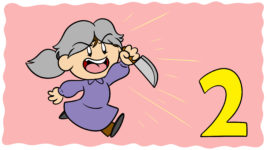
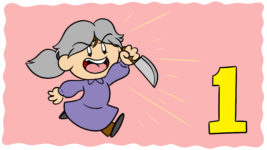
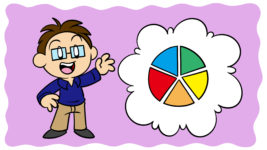
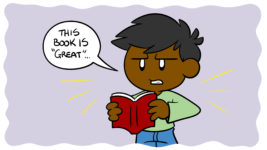
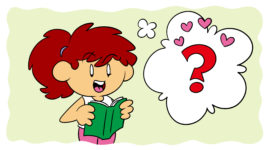
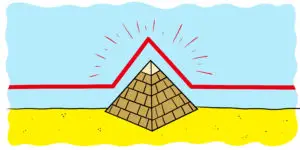
5 thoughts on “The Pros And Cons Of Plotting A Novel”
I think writers should start to look at plotting and pantsing not as two sides of the coin but two ends along a spectrum. At any given time you can be located closer to one end rather than the other, but it would be rare (and unhelpful) to be solely located at one extreme for the entire novel writing process.
In pulling together the first draft of my WIP, I’ve found that it is impossible for me to stick to my initial story outline, since the evolution of the story at the micro-level sets up new directions at the macro-level. That being the case, I’ve accepted that novel outlining works best when it is an ongoing, iterative and flexible process (which I blog about here )
Hi Mikhaeyla,
Thanks for your thoughts. I agree that picking one side or another is rarely the best way forward. In the end you need to be free to do whatever serves the piece.
Best,
Rob
Ingermanson’s method is really interesting. Everyone should try the snowflake method.
I am writing two stories using it, so we’ll see! But I am so excited.
Hi boostwriter,
That’s fantastic, let us know how it works out for you.
Best,
Rob
I do believe that I am a blend of both types of writer. I have a general outline of the story in mind, with a number of important points to reach and only really plan from point to point. It lets me be flexible when new possibilities arise from what I already have created.